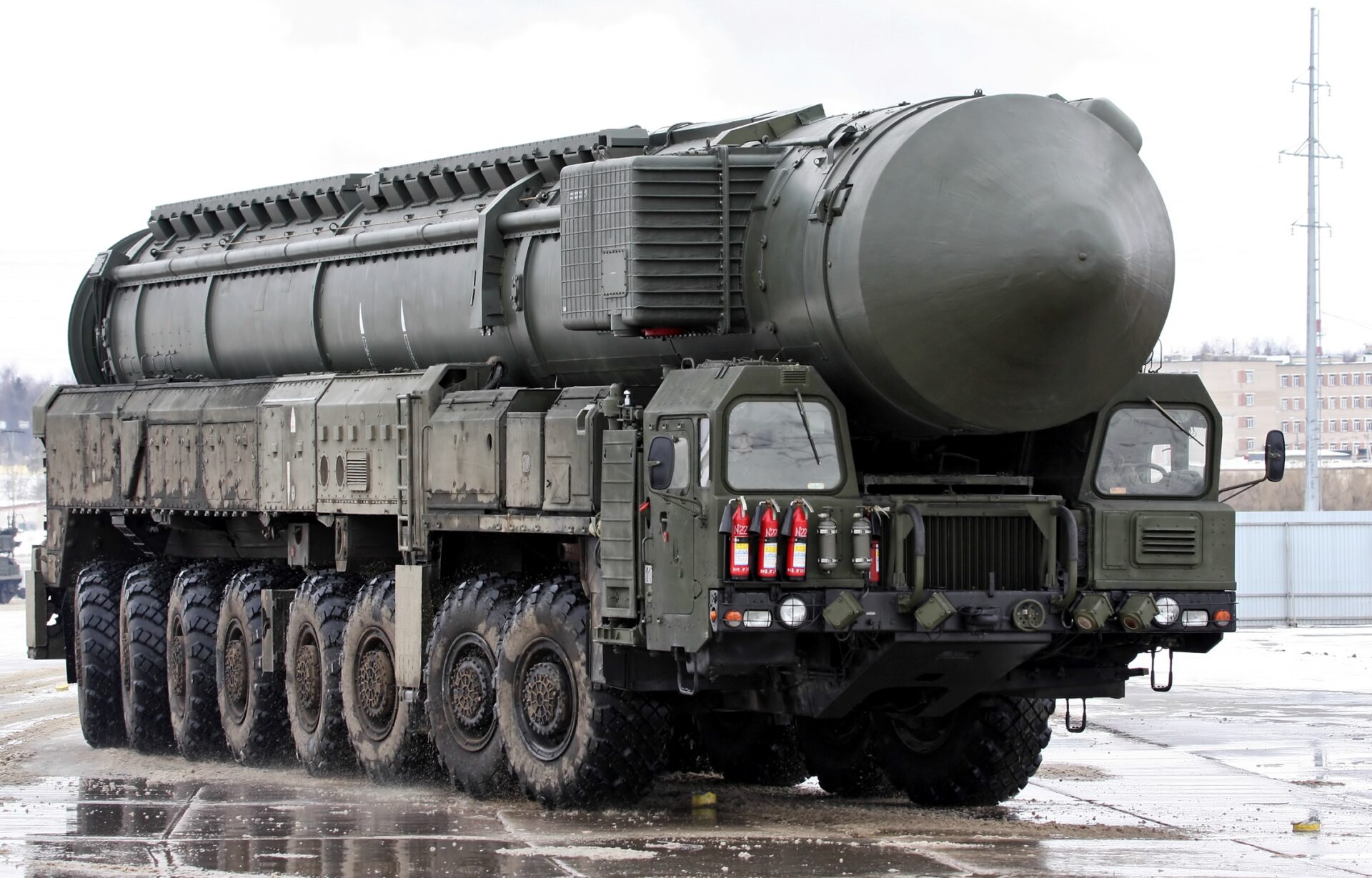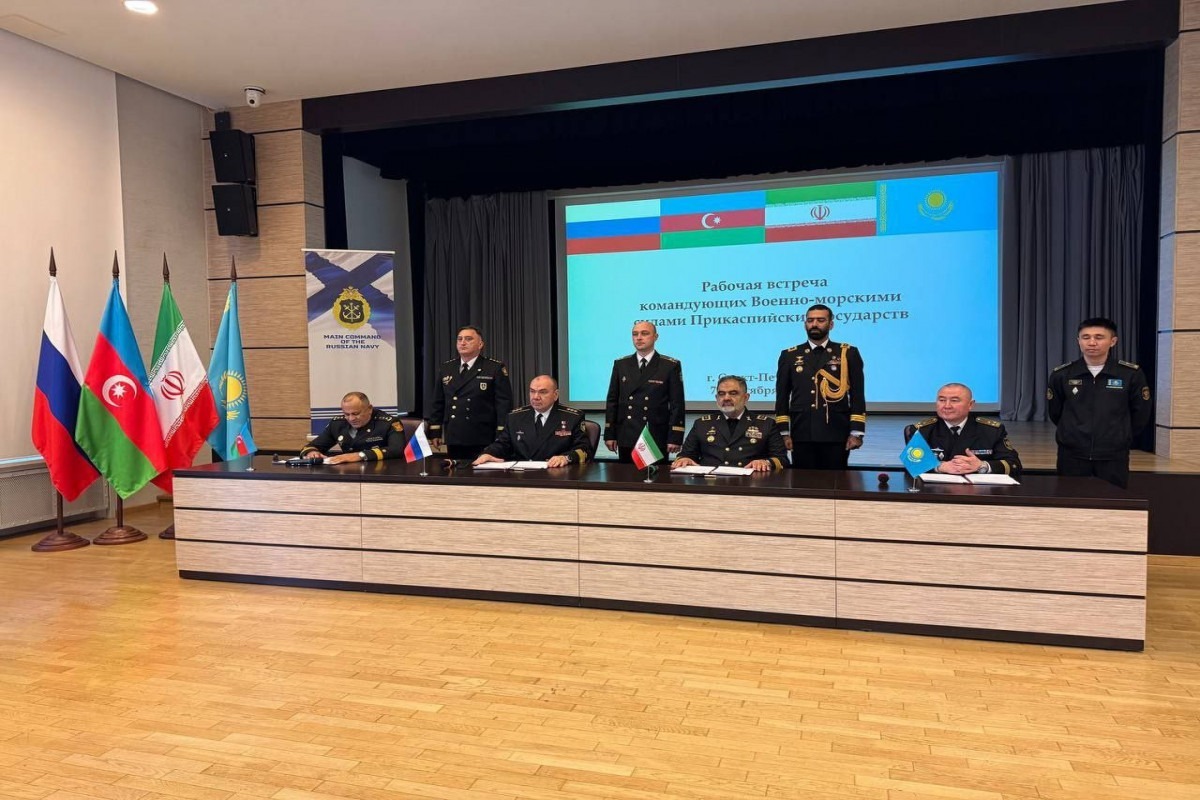
Nuclear Deterrence in the Context of the Ukrainian-Russian Conflict
Nuclear Deterrence in the Context of the Ukrainian-Russian Conflict
In the aftermath of the Malaysian Airlines Flight 17 tragedy, the Russian proxy war against Ukraine may evolve in one of three ways. It could become even more irregular, leading to protracted fighting and, eventually, even a frozen conflict. Second, a “surprise” rapid escalation of the war cannot be excluded either. A final possibility is for the war in eastern Ukraine to de-escalate but simultaneously settle into a fragile security balance that encourages both Russia and Ukraine to increase their deterrence capacities against each other. Nuclear weapons deserve special attention in the context of this last scenario.
Amid Russia’s confrontation with the West and its proxy war with Ukraine, Moscow has been increasingly employing nuclear deterrence rhetoric. And this aggressive posturing is already being reflected in the Russian population’s public threat perceptions. According to a June 28–29 poll by the Moscow-based “Fond Obshcestvenoye Mneniye” (Public Opinion Foundation), 64 percent of Russians believe that nuclear weapons might be employed in a conflict occurring somewhere in the world (Kommersant, June 11).
Such public attitudes help support the Russian government, which continues to exercise its nuclear capabilities. As part of its information warfare against the West, Russia publicizes military drills that showcase its nuclear warhead delivery vehicles, even though only conventional missiles are used in these exercises. The most recent such demonstration was carried out in the Black Sea, in which TU-95MC Bear strategic bombers, alongside other air, land and naval strike forces, practiced attacks on a sea target (RIA Novosti, July 14)—quite possibly having in mind the Aegis-class vessel USS Wella Gulf, which had been taking part in a Black Sea exercise with the Bulgarian navy (Interfax via Lenta.ru, July 15).
Russia has come to believe that the North Atlantic Treaty Organization (NATO) is trying to engage Ukraine as an ally. As a response to this perceived threat, Moscow has increased the alertness of its ten Strategic Rocket Forces regiments equipped with mobile Topol, Topol-M and Yars nuclear missiles. In particular, Russia aims to increase the off-base mobility of its strategic nuclear missiles. The Ministry of Defense sought to present this escalation as a response to the “likely” passage of United States Senator Robert Corker’s “Russian Aggression Prevention Act of 2014” (Nezavisimoie Voiennoie Obozrenie, July 10). In the past few weeks, rumors spread across Russian and Ukrainian media and social networks that this bill was about to be passed, thus exacerbating the growing threat perception among the Russian public that NATO is expanding.
Meanwhile, Ukrainian media has been widely speculating on the possibility that Russia could use nuclear weapons in the war against Ukraine. Responding to the then newly appointed Ukrainian Defense Minister Valeriy Heletei’s statement in early July 2014 that he would militarily retake Crimea, Russian Foreign Minister Sergei Lavrov said that Russia would respond in line with its “national security doctrine” (RIA Novosti July 9). Ukrainian (euromaidanpress.com, July 10) and even some international sources (for example, The Diplomat, July 11) interpreted Lavrov’s statement as a threat to retaliate with nuclear weapons. As such, it seems Russia purposely used a disproportionate nuclear threat to respond to Minister Heletei’s rather emotional and populist statement in order to signal to the West that Moscow is capable of using its nuclear power.
Lately, Russian military-political analysts have also been speculating about reinvigorating the nuclear status that the Crimean peninsula had in Soviet times. Military analyst and director of the Center for Public Policy Research, Vladimir Yevseiev, warned that the North Atlantic Alliance’s conventional weapons capability was superior to Russia’s, and he argued that further increases in NATO’s military presence along Russia’s borders could justify tactical nuclear weapon deployments in Crimea. Meanwhile, former Black Sea Fleet Commander Igor Kasatonov has noted that new Kilo-class diesel submarines—two of which are scheduled to be delivered to the Black Sea in 2014—were capable of carrying torpedoes with nuclear warheads for operations in the Mediterranean and the Black Seas (Nezavisimoie Voiennoie Obozrenie, April 4).
President Vladimir Putin has directly connected Russia’s nuclear power status with its perceived position as a global Great Power and emphasized that Russia is number one in the world in terms of the quality of its nuclear weapons stockpile (RT, June 4). Whereas, the former chief of the Main Staff of the Strategic Rocket Forces, Colonel General Viktor Yesin, argues that Russian delivery vehicles are newer than their US counterparts and have the capability to break through Western missile defense systems (Golos Sevastopolia, June 8). Furthermore, Putin’s chief of staff, Sergei Ivanov, signaled Russia’s desire to possess land-based, small- and medium-range missiles that were liquidated in the late 1980s, thereby once more confirming that Moscow wishes to exit from the Intermediate-range Nuclear Forces Treaty (INF), which it signed with Washington in 1987 (ITAR-TASS, June 21).
In part, the Russian government justifies this revival of the country’s emphasis on nuclear strategy by noting that Russia lags behind the United States and other NATO members in the development of precision-guided weapons—particularly, the US’s developing “prompt global strike” capability (Okno v Rossiyu, July 15, 2013). Based on this perception, Russian strategists have insisted on the need to maintain numerical superiority over the US and NATO in tactical nuclear warheads in Europe.
Speaking at the most recent meeting of the Russian Security Council, President Putin once again warned: “We will react appropriately and proportionately to the approach of NATO’s military infrastructure toward our borders, and we will not fail to notice the expansion of global missile defence systems and increases in the reserves of strategic non-nuclear precision weaponry” (kremlin.ru, July 22). Clearly, even as Russia carries out a massive military modernization and rearmament program, nuclear deterrence continues to be at the core of Russian strategy. And as the war in eastern Ukraine escalates further, simultaneously ravaging Russian-Western relations, the threat is growing of Russia’s nuclear deterrent becoming more directly tied into Moscow’s hybrid warfare response toward the Ukraine crisis.

